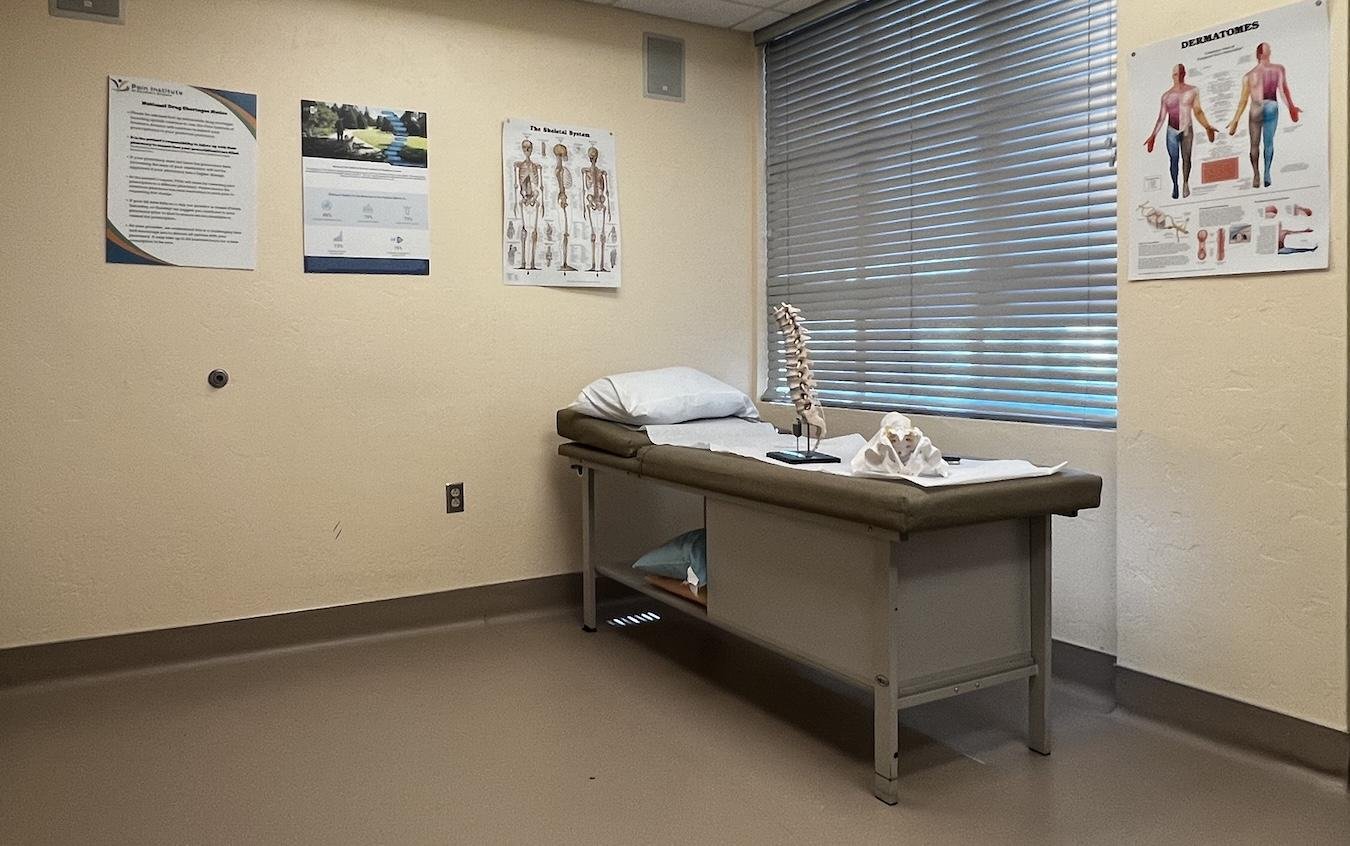Business
Trump’s Potential Return to the White House: A Looming Threat to Healthcare Safety Nets

Former President Donald Trump’s anticipated return to the White House may initiate significant changes to several public health policies in the United States. Experts predict that his administration could lead to increased uninsured rates by scaling back public health insurance programs, coupled with heightened restrictions on abortion and related reproductive services.
The implications of a Trump presidency could extend nationwide, causing potential rollbacks of the Affordable Care Act (ACA). Concerns are mounting that consumer protections might erode, Medicaid work requirements could be implemented, and funding for critical safety net programs may diminish. Moreover, abortion access could tighten, with efforts to regulate abortion medications anticipated.
En español: El regreso de Trump a la Casa Blanca pondría en peligro la red de seguridad de atención médica
Trump secured his election victory against Vice President Kamala Harris, garnering 277 Electoral College votes and approximately 51% of the national popular vote. Analysts believe this win could provide a wider platform for critics of federal health initiatives, possibly leading to a rise in preventable illnesses and a reduction in public confidence in scientific evidence.
Trump stated in an interview that he is open to consulting with Robert F. Kennedy Jr., a known vaccine skeptic, suggesting a possibility of banning certain vaccines. This has raised alarms among public health officials regarding the future of health interventions backed by science.
Despite Trump’s claims of not attempting to repeal the ACA again, an immediate decision looms regarding the continuation of enhanced premium subsidies for Obamacare. Without these subsidies, projections indicate a potential rise in the uninsured rate, currently at about 8%, due to increasing premiums and declining enrollment.
The specifics of Trump’s health policy remain vague, primarily existing as general concepts rather than detailed plans. However, Vice President-elect JD Vance has suggested the administration may focus on enhancing competition within the ACA marketplaces.
With the Republicans projected to secure a Senate majority, the future of the ACA hangs in the balance. While public support for the ACA has improved, particularly for its protections for preexisting conditions, critics within Trump’s circle claim his administration aims to enhance the law to reduce costs without explicitly compromising its foundational provisions.
Concerns abound regarding the funding for enrollment outreach for the ACA, with potential actions that may allow insurers to charge higher premiums for sick individuals and to sell plans that do not comply with ACA protections.
Democratic leaders remain apprehensive about the ramifications of Trump’s agenda on public health. They argue that the proposed changes could severely impact millions of Americans, especially the vulnerable population dependent on coverage. Public figures within the party assert that any alterations will likely come at the expense of reduced access to essential medical services.
There is speculation on who might lead the Department of Health and Human Services, with names like former Louisiana Governor Bobby Jindal and Seema Verma, who previously managed the Centers for Medicare & Medicaid Services under Trump, being considered.
Robert F. Kennedy Jr., who suspended his independent presidential campaign to endorse Trump, has hinted at a significant position within the administration. Previously, Trump expressed that he would bestow Kennedy with a prominent role, yet Senate confirmation for such a position may face challenges.
While Trump has reiterated his commitment to preserving Medicare and its home care benefits, specifics regarding Medicaid are lacking. Analysts predict that Medicaid could face significant cuts, potentially facilitating fiscal maneuvers to finance expiring tax breaks. Proposals for implementing work requirements for beneficiaries are also on the table.
On the topic of reproductive health rights, Trump favors leaving abortion regulation to the states. Currently, 13 states enforce strict abortion bans, with others imposing gestational limitations. Despite his position against a national abortion ban, there’s concern he may seek to limit access to abortion medications, either through the FDA or existing legal frameworks.


















